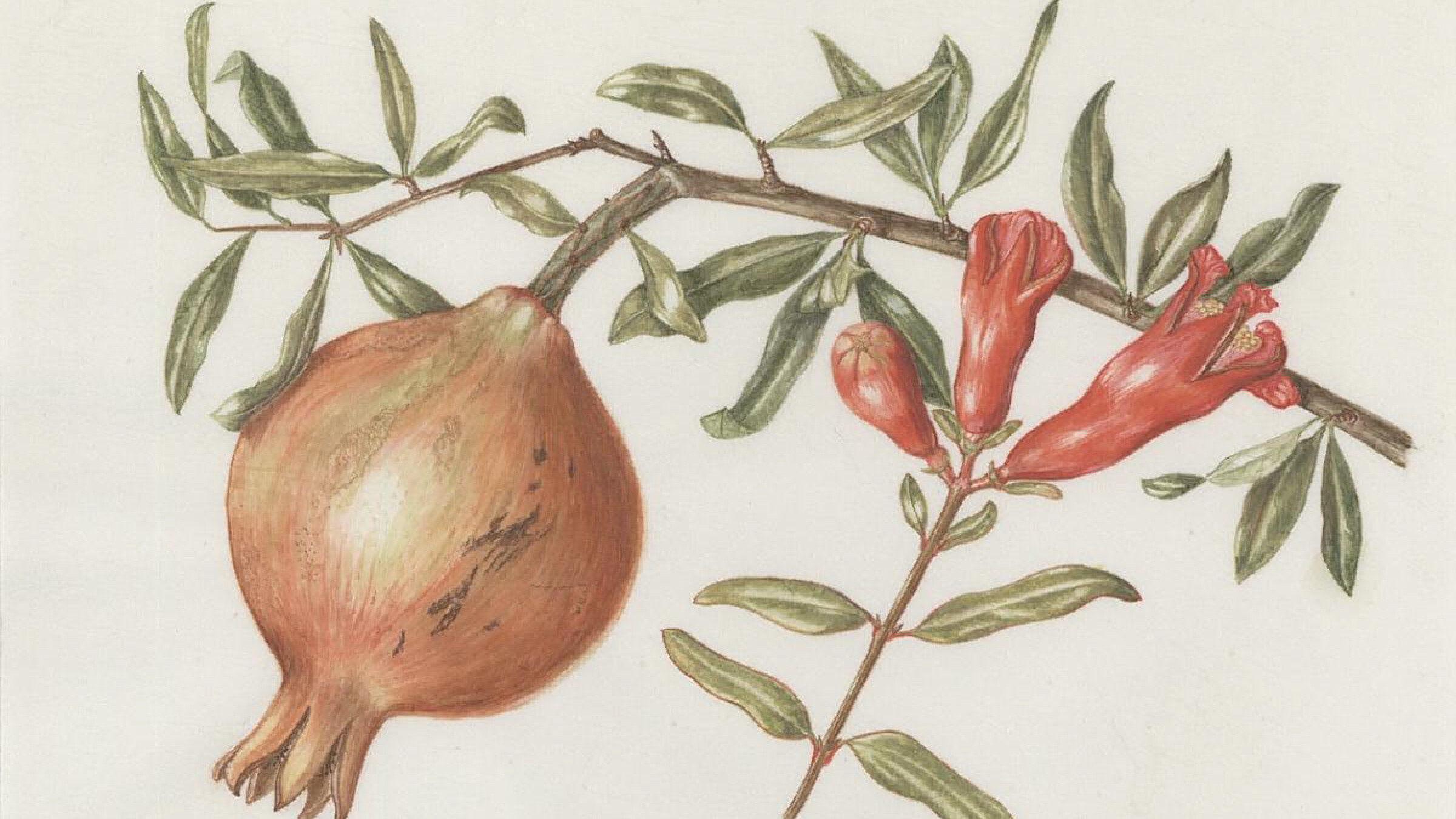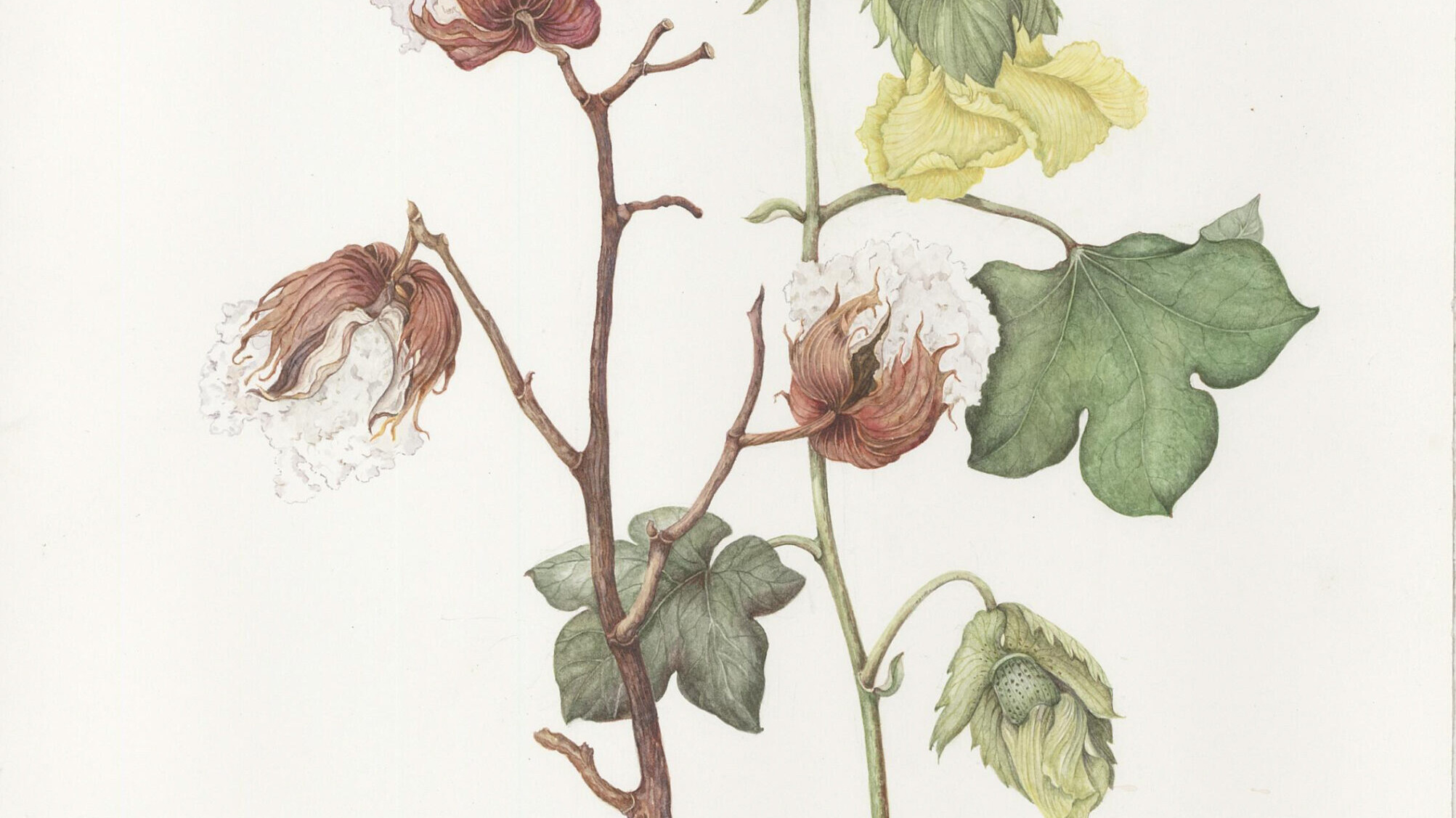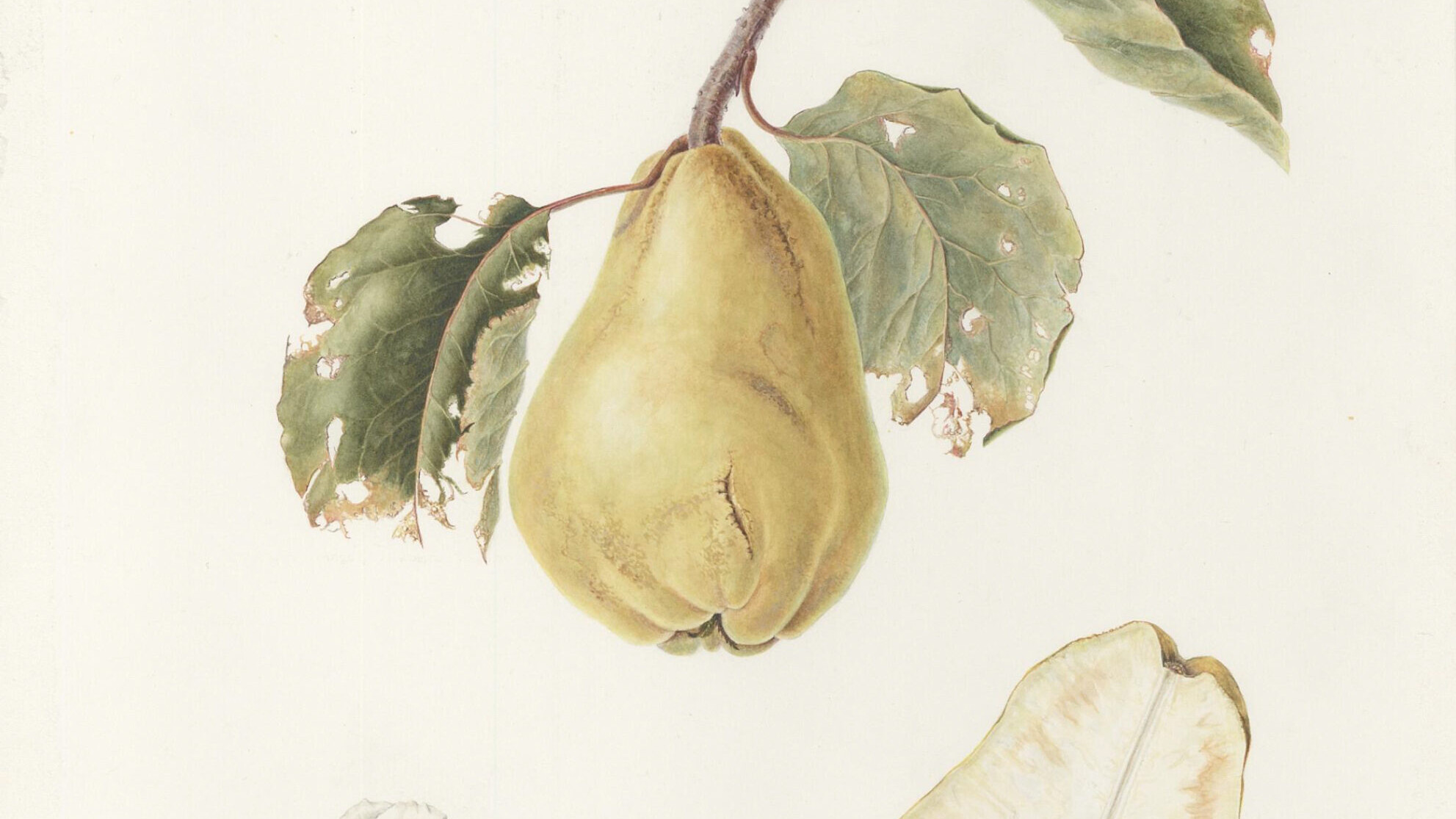Across the year we explored three key themes:
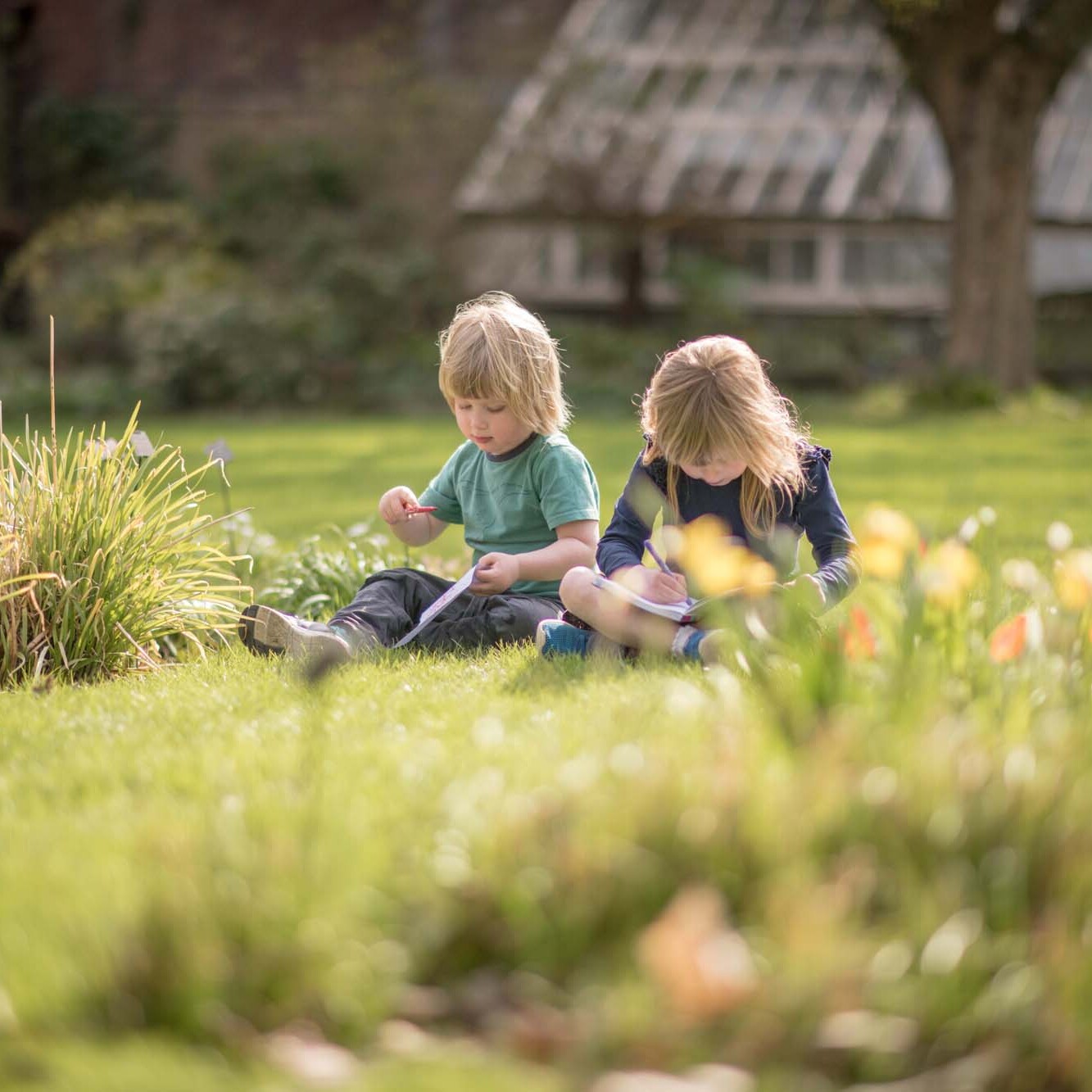
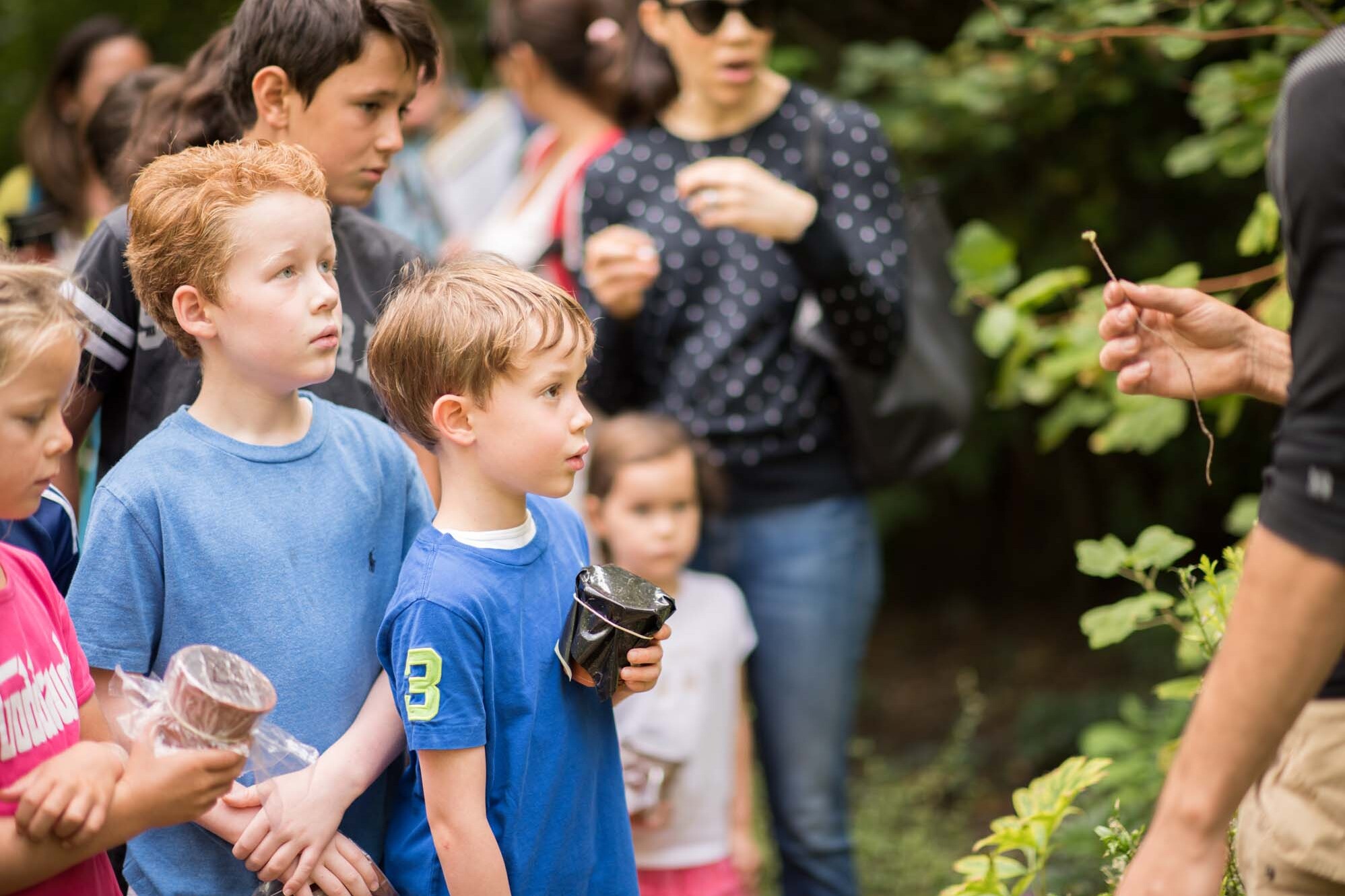
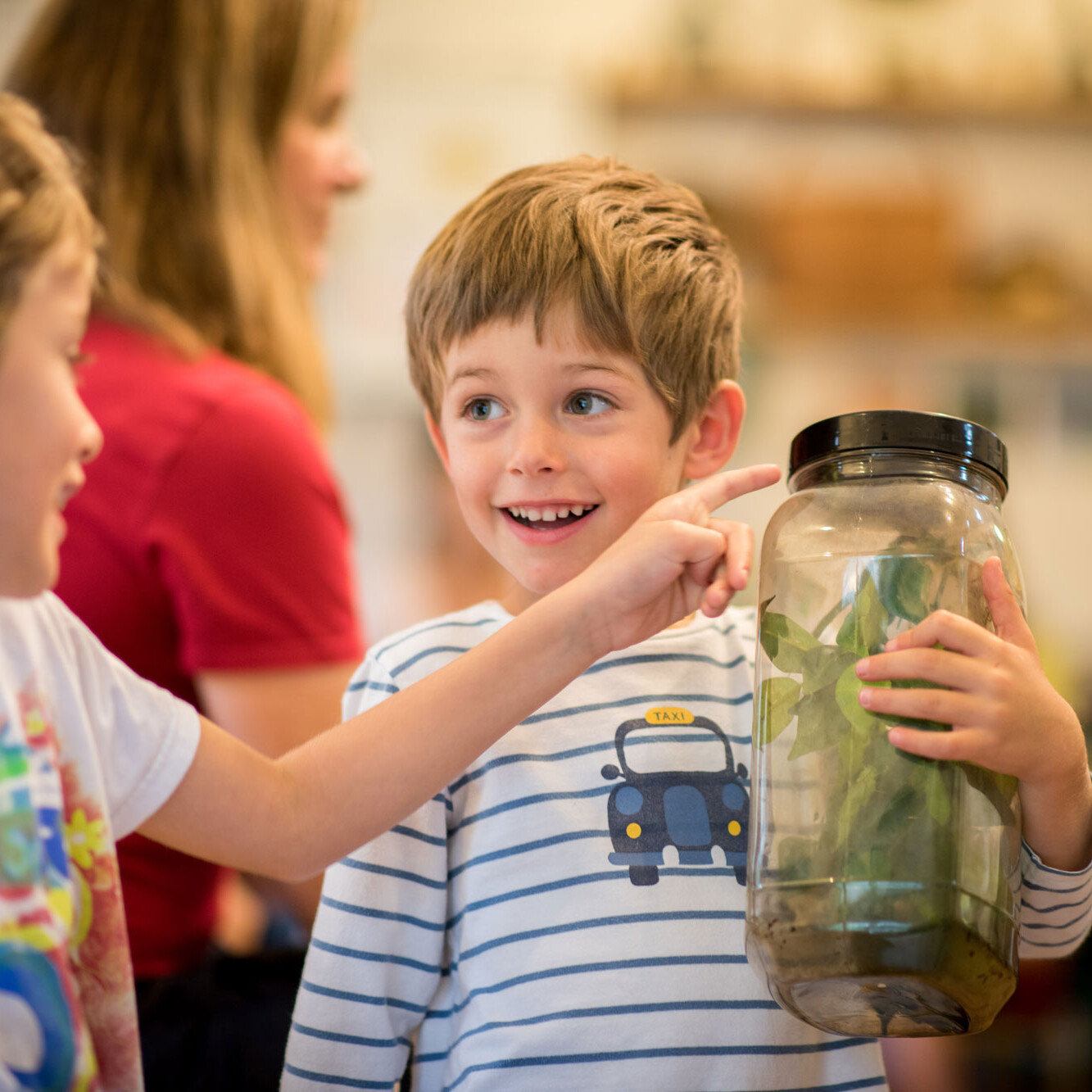
Horticulture for humankind
‘Horticulture for humankind’ meant celebrating the role of plants and their benefits for humans with talks, tours and panel discussions. The Garden highlighted how this relationship has changed over time and questioned how humans would benefit from horticulture in the future.
Unlocking our collections
The Garden 'Unlocked its collections' by sharing new research and stories about Chelsea Physic Garden, its plant collection, and people in its history. With 350 years of history behind us, we shed light on previously untold stories about the plants in the collection and the people who have shaped what the Garden is today.
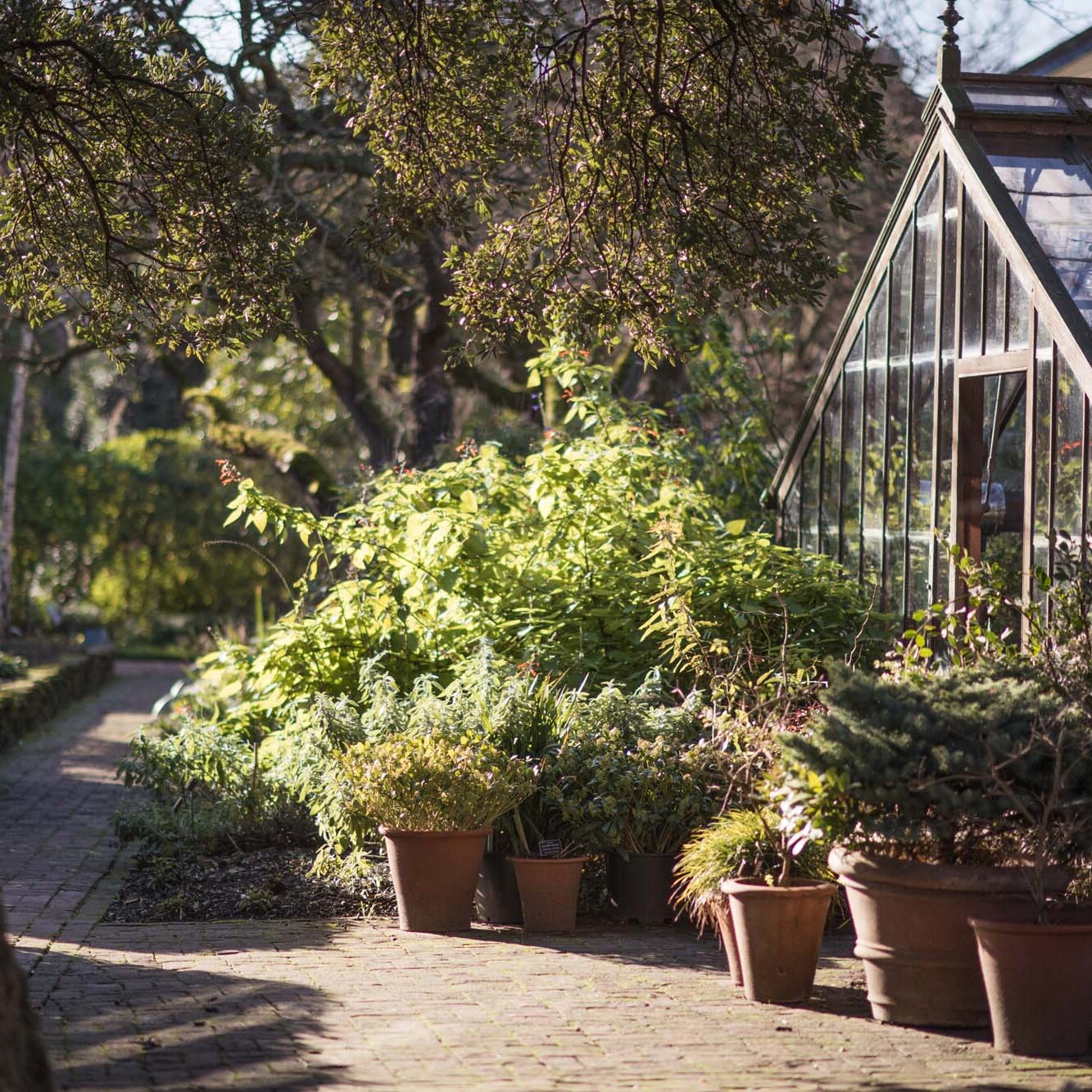
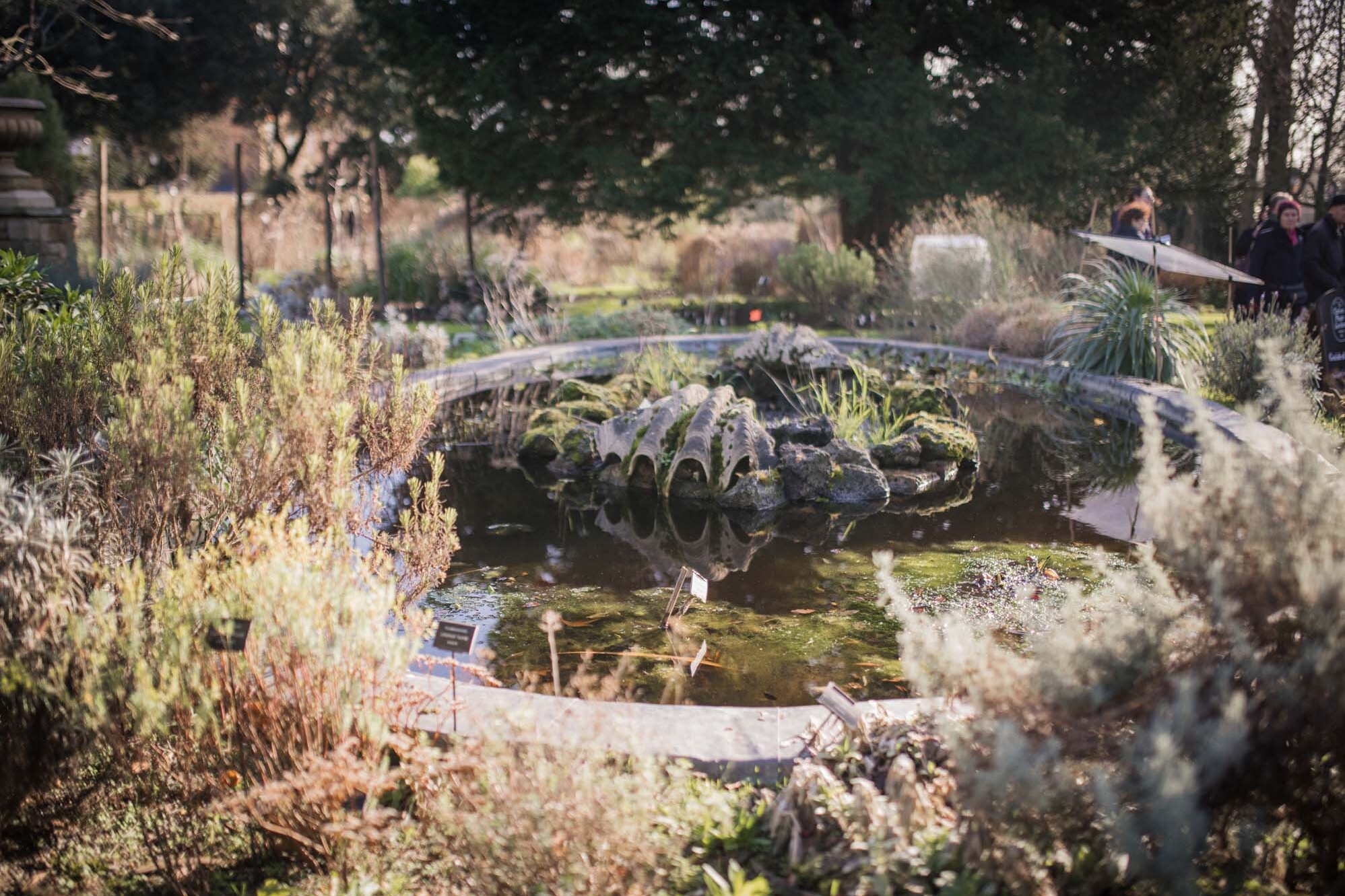
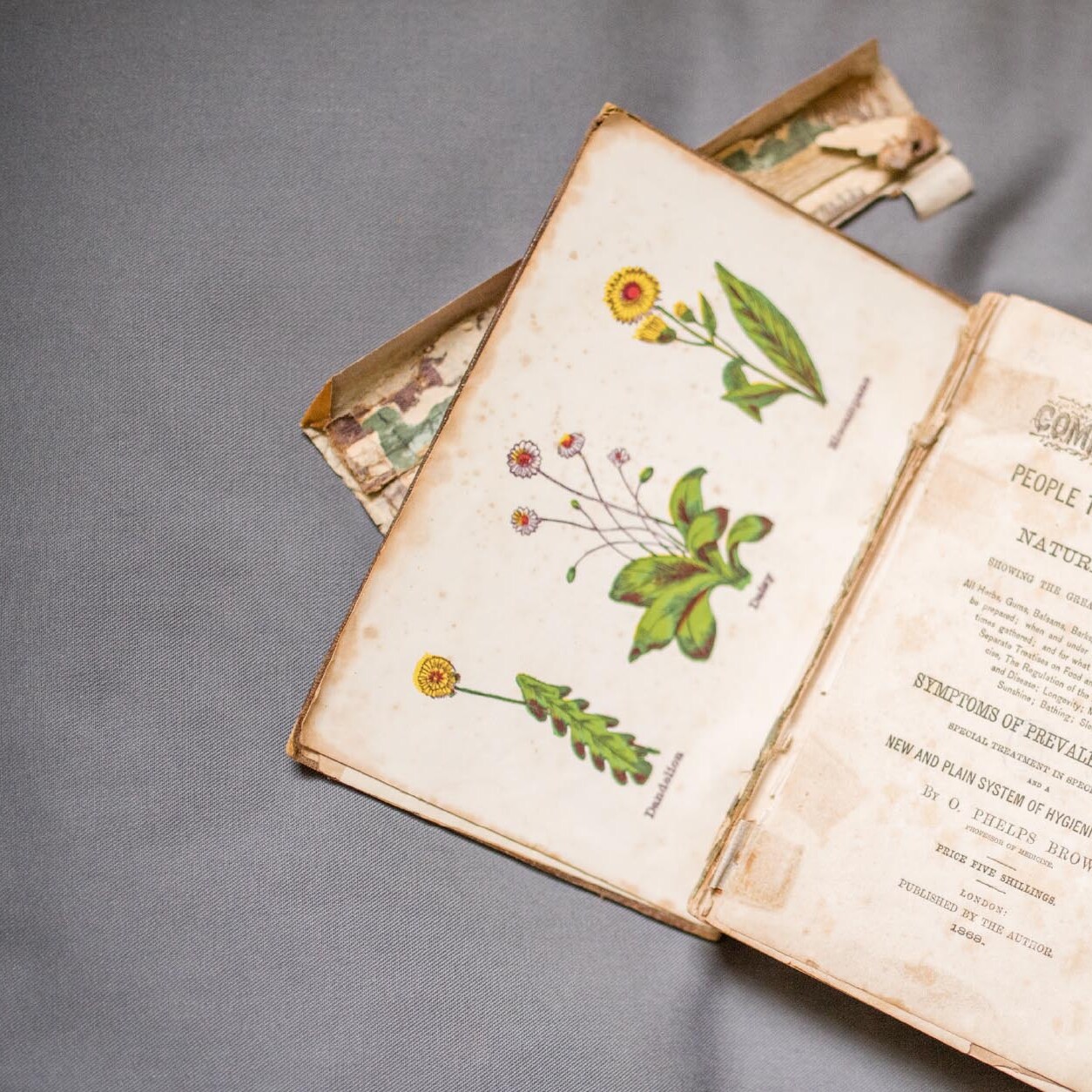
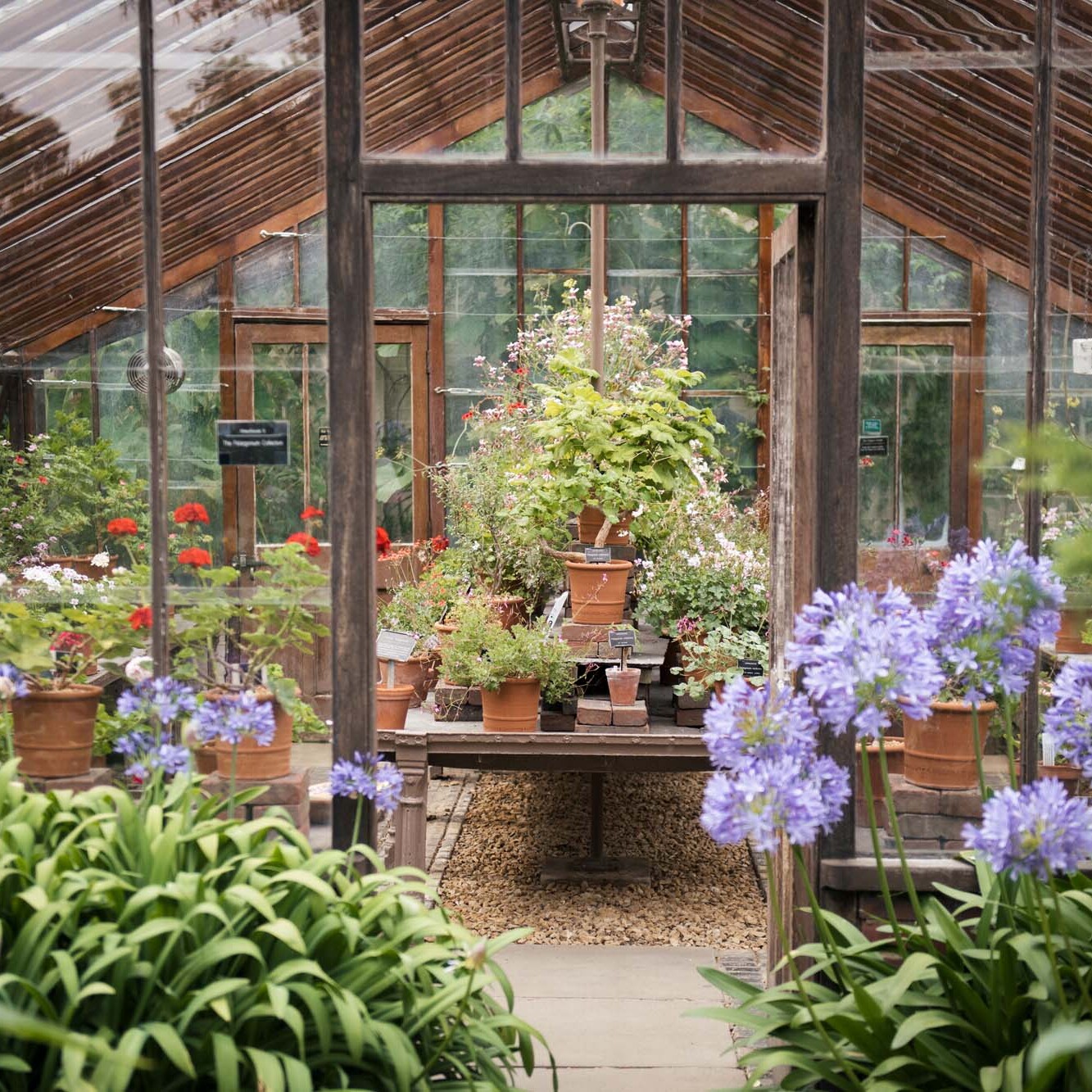
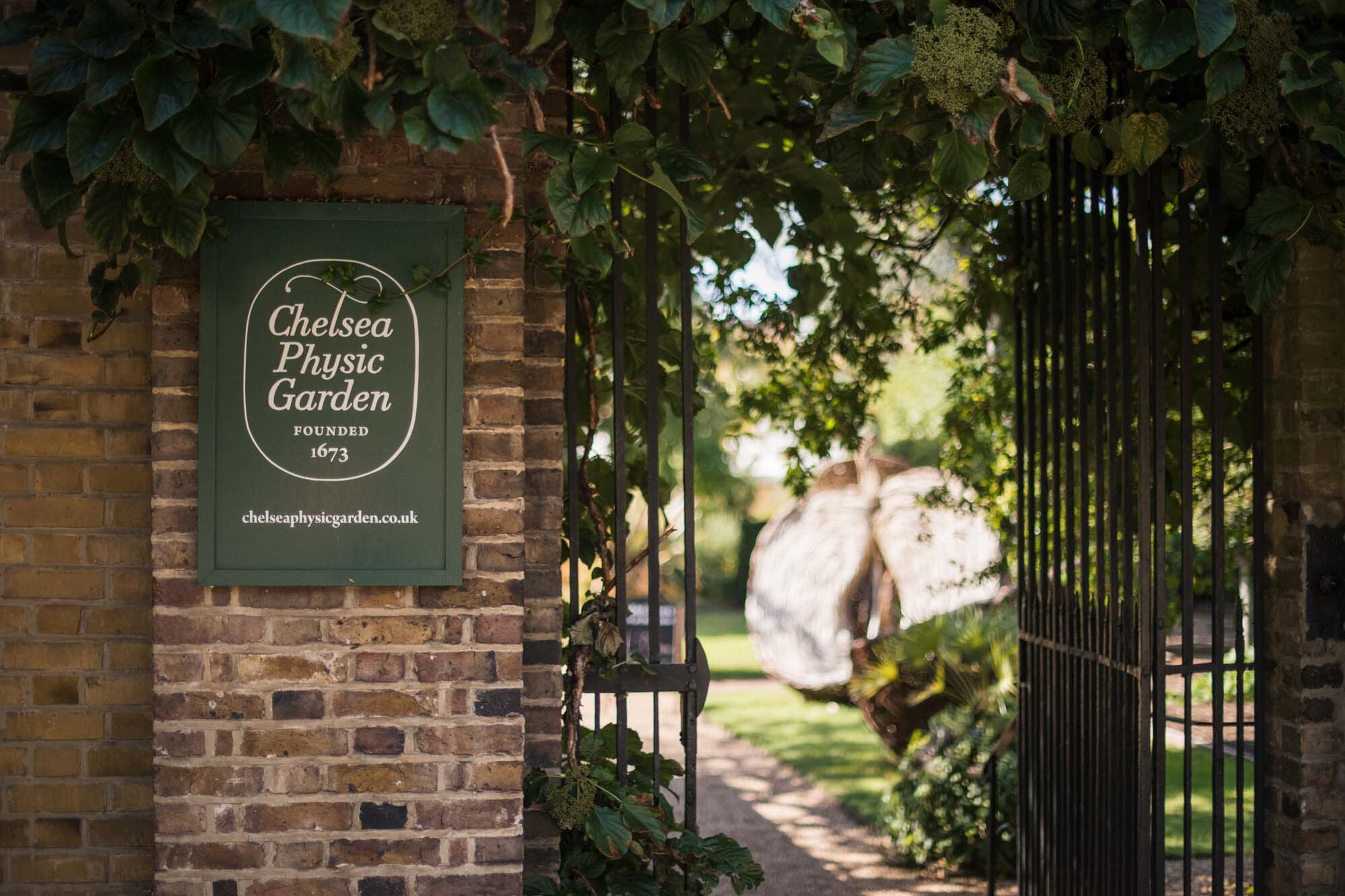
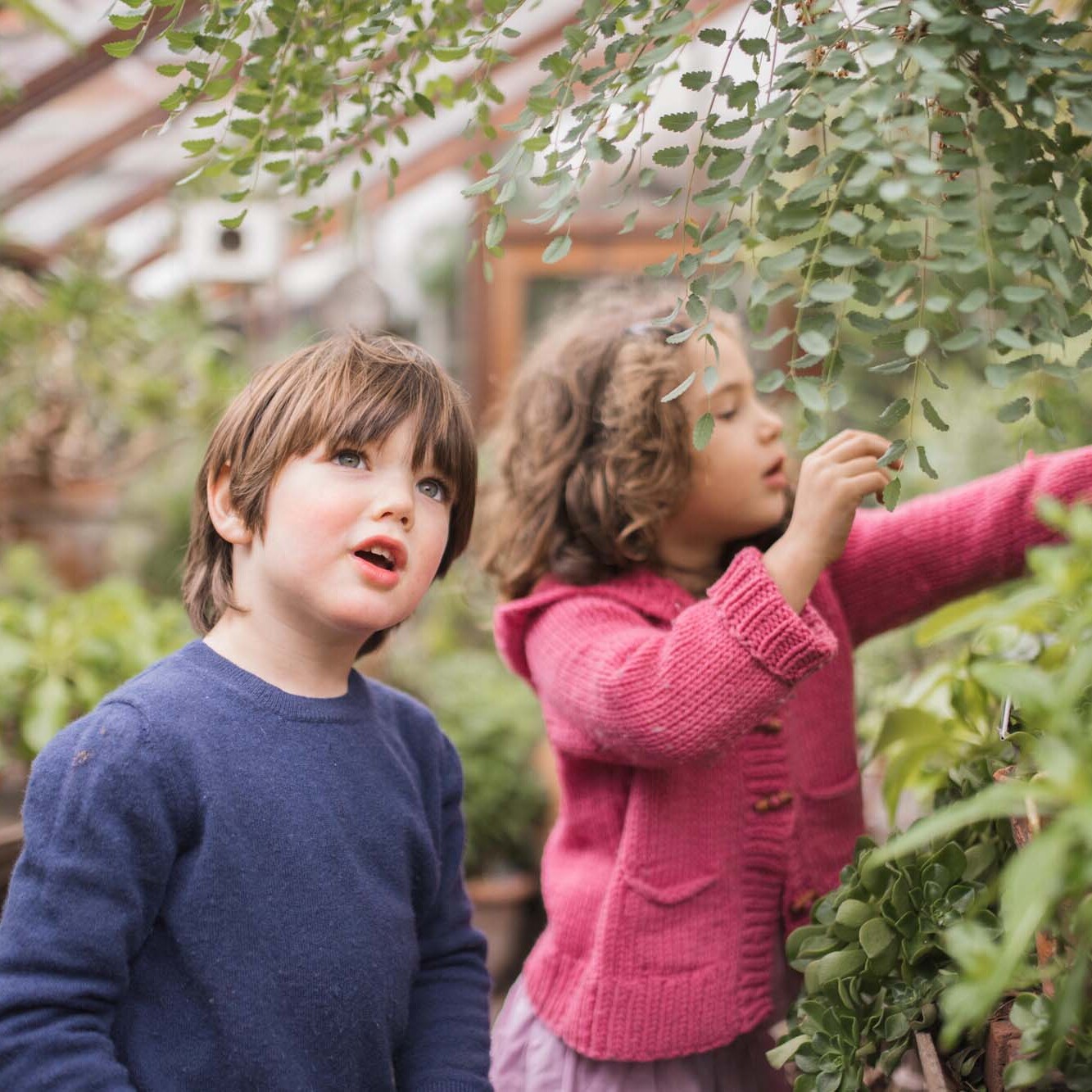
A physic garden for the future
Drawing on the Garden’s own experiences as a unique microclimate, the focus throughout the year was on what it means to be ‘A physic garden for the future,’ highlighting the importance of plant science to our understanding of climate change and biodiversity. The life of plants under glass and the role of plant science in the future of food and medicines, were also explored.
The three key themes were explored in blog posts...
Plants of the Winter Solstice
19 December 2023
Remembering Black resistance through plant medicine
19 October 2023
Explore 350 years of Chelsea Physic Garden with our timeline of events below…
1600s
1673
9 October 1673. The Worshipful Society of Apothecaries of London lease the land for 61 years from Charles Cheyne.
1676/7
The wall is constructed around Chelsea Physic Garden, providing a microclimate.
1680/1
First Glasshouse is built in the Garden, it is heated by a stove.
1682
International seed exchange programme is established, which continues today.
1685
The first Cedar trees of Lebanon to grow in England are planted in the Garden.
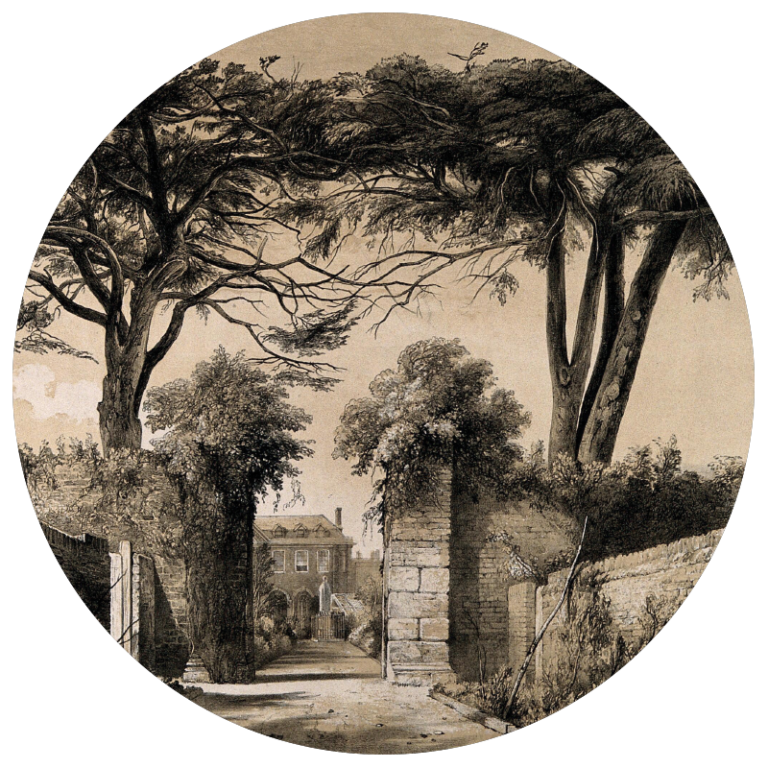
1694
King Charles II builds the King’s Road, which remained a private royal road until the 1830s.
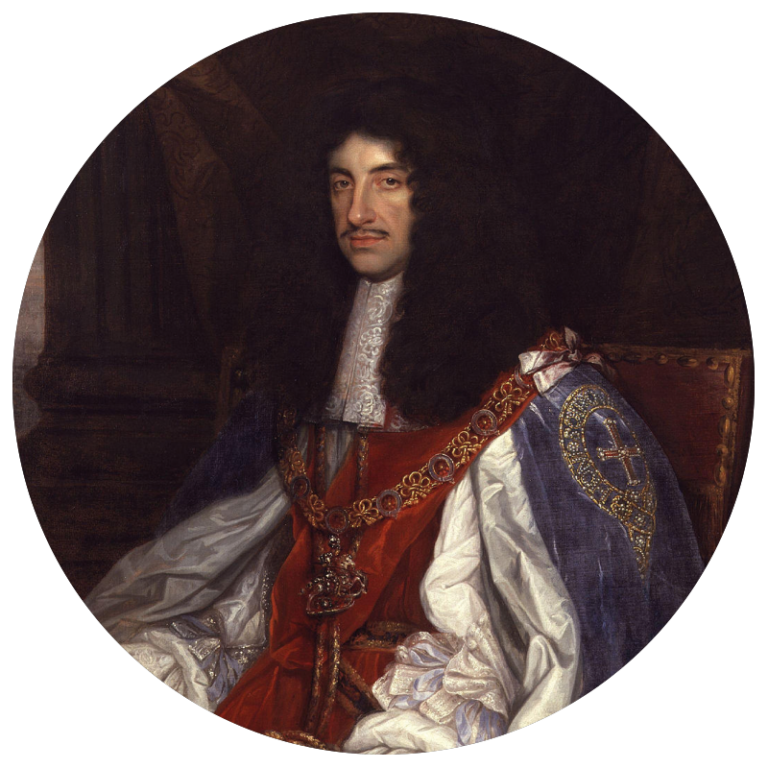
1700s
1718
Sir Hans Sloane first proposes gifting the land Chelsea Physic Garden is on to the Apothecaries. This is agreed in 1722, and the Garden is now protected for future generations providing it maintains and grows “good and useful plants”.
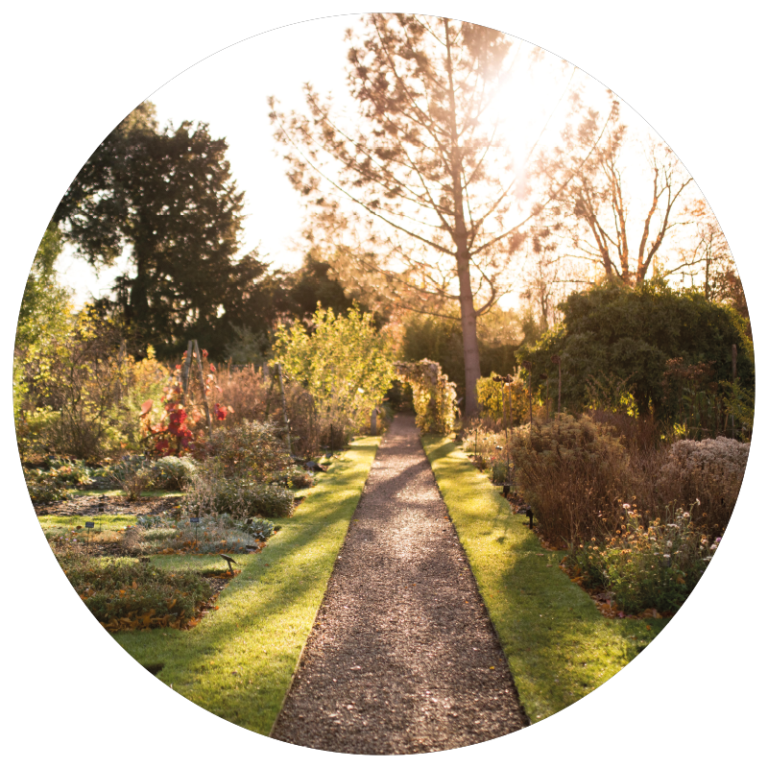
1722
Philip Miller is appointed to run the Garden, a post he holds for 50 years. His book The Gardeners’ Dictionary is still an important horticultural book today.
1723
A heated Glasshouse is built at the Garden, specifically to grow fruit from tropical climates, such as pineapples.
1773
The Pond Rockery is created. It is credited as being the first of its kind in the world.
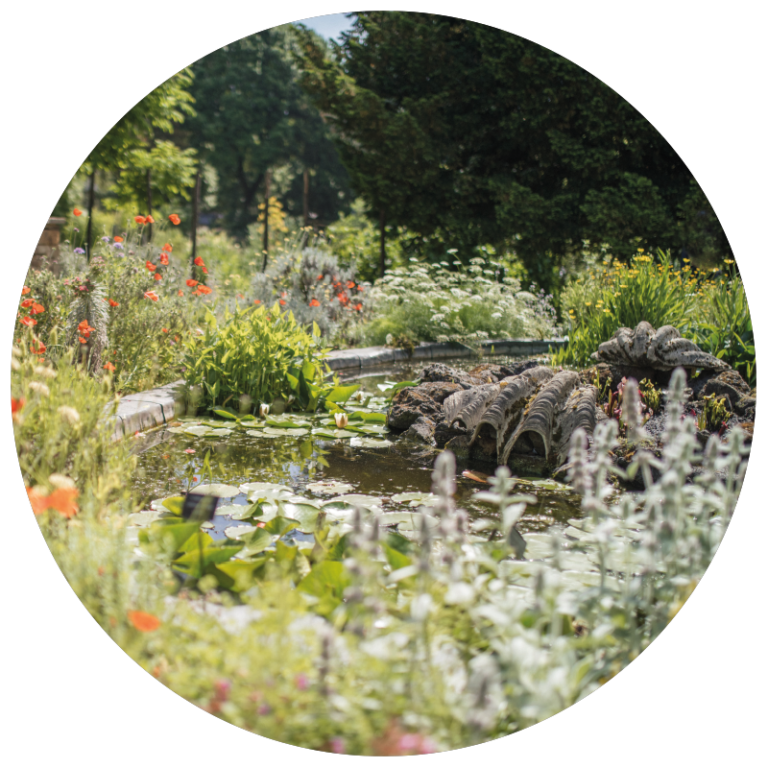
1800s
1817
The horticultural technique of forcing rhubarb is accidentally discovered.
1858
Battersea Park, on the other side of the River Thames to the Garden, opens to the public.
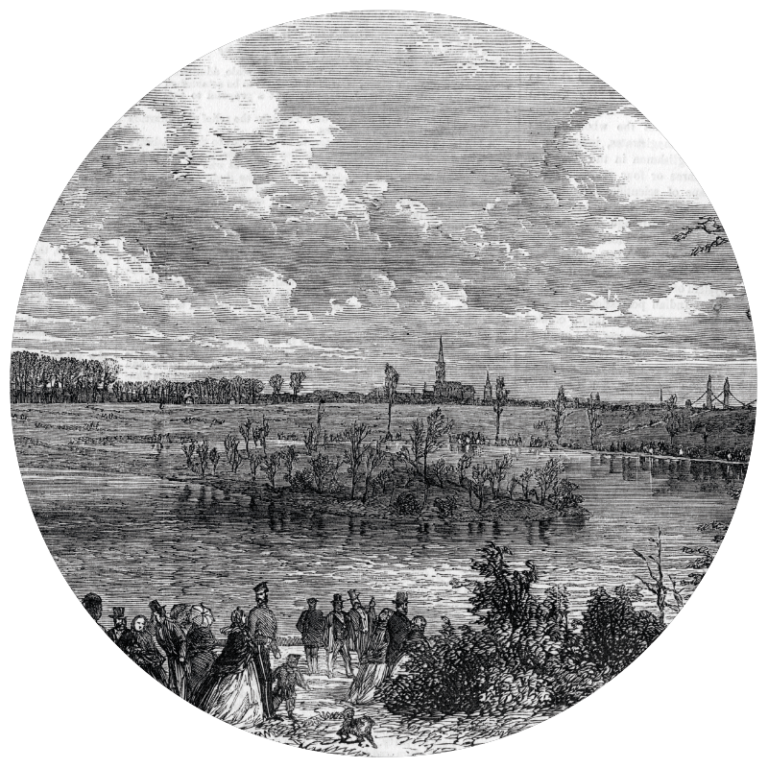
1874
Construction begins on the Chelsea Embankment. As part of this project the Garden loses its Barge Houses on the Thames but gains some land to offset this.
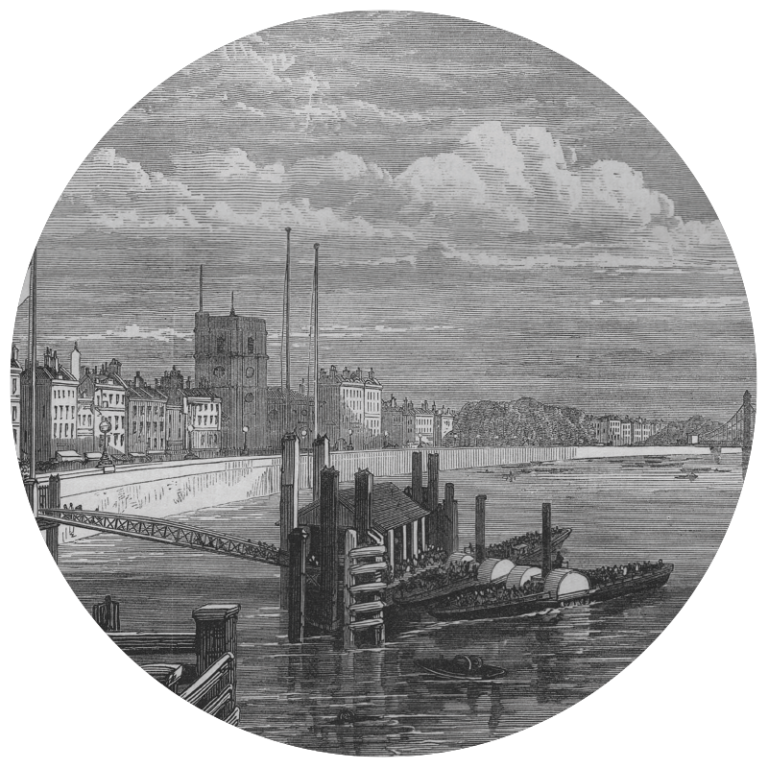
1877
Women are allowed to study medicine for the first time in history of the Apothecaries. The number of students grows rapidly from a few hundred to 3,500.
1895
The study of plants is dropped as a requirement from medical syllabus.
1899
The City Parochial Foundation takes over responsibility for Chelsea Physic Garden from the Apothecaries.
1900s
1902
The range of Foster & Pearson Glasshouses are completed and the Garden is laid out in the Bentham and Hooker classification system.
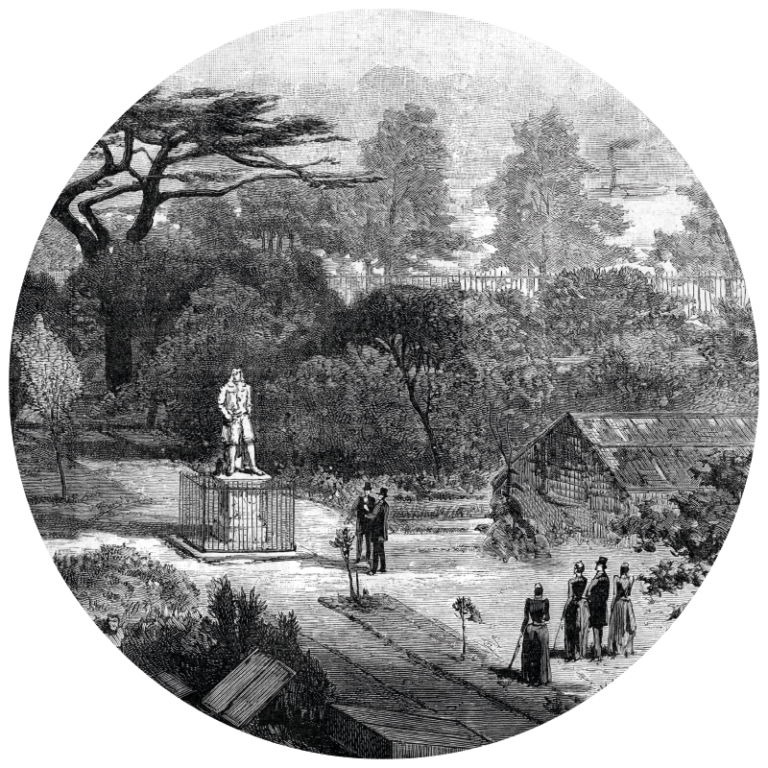
1920s
The Garden is used for agricultural research.
WWII
The Glasshouses are damaged during the Blitz of World War Two. The structures remain intact, but the glass has to be replaced.
1984
The Peace Pagoda in Battersea Park is built as a shrine to World Peace. It can be seen from the Embankment Gate.
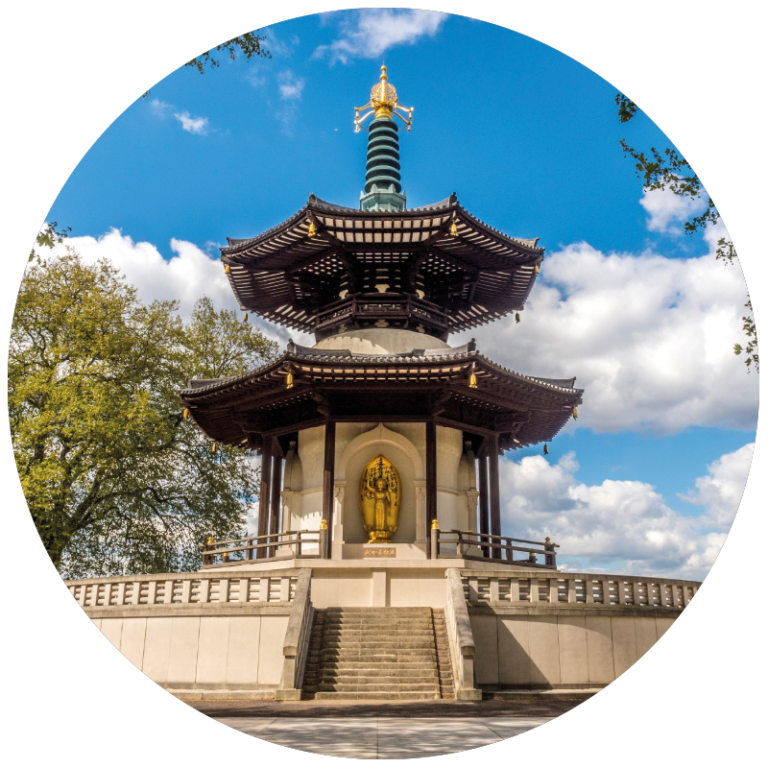
1983
The Chelsea Physic Garden charity is created and takes over the running of the Garden.
1987
The Garden opens to the public for the first time.
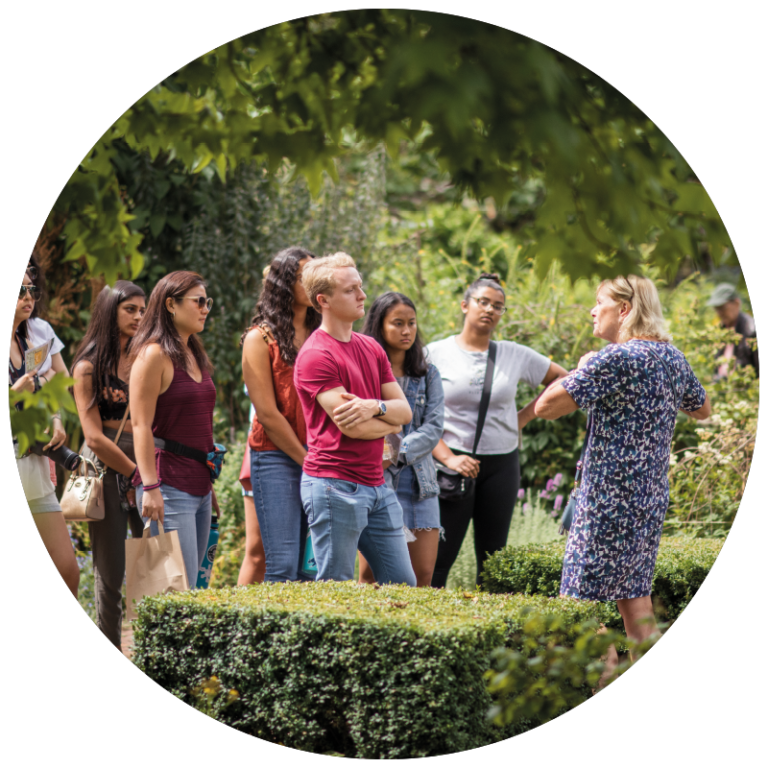
1990
Fiona Crumley is appointed as the first female Head Gardener.
1991
Sue Minter is appointed as the first female Curator of the Garden.
1995
Chelsea Physic Garden Florilegium Society is founded.
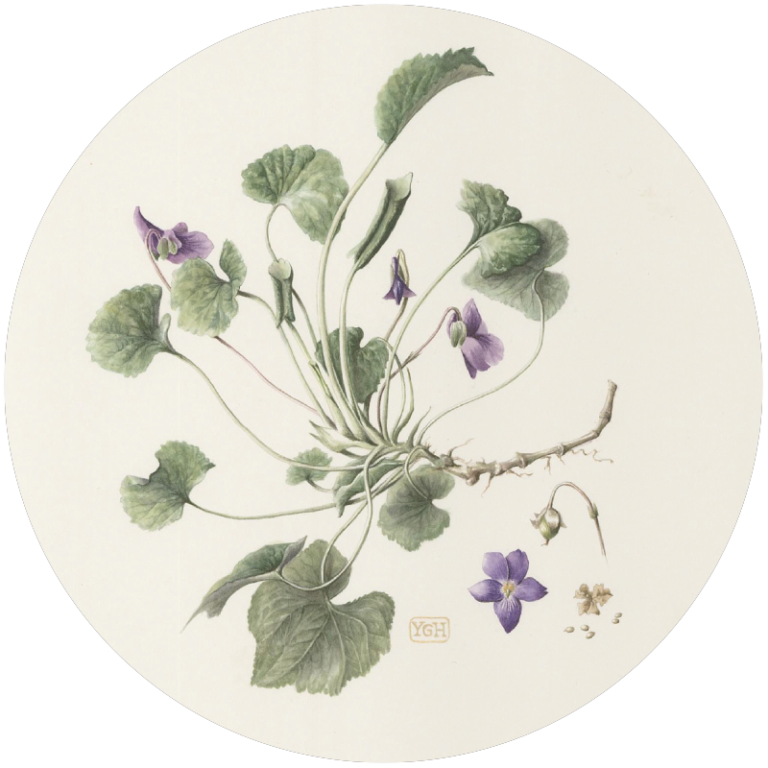
1999
Professor Mary Gibby uses the collection at the Garden to reclassify the Pelargonium genus.
2000s
2007
Outdoor Study Centre opens for learners of all ages.
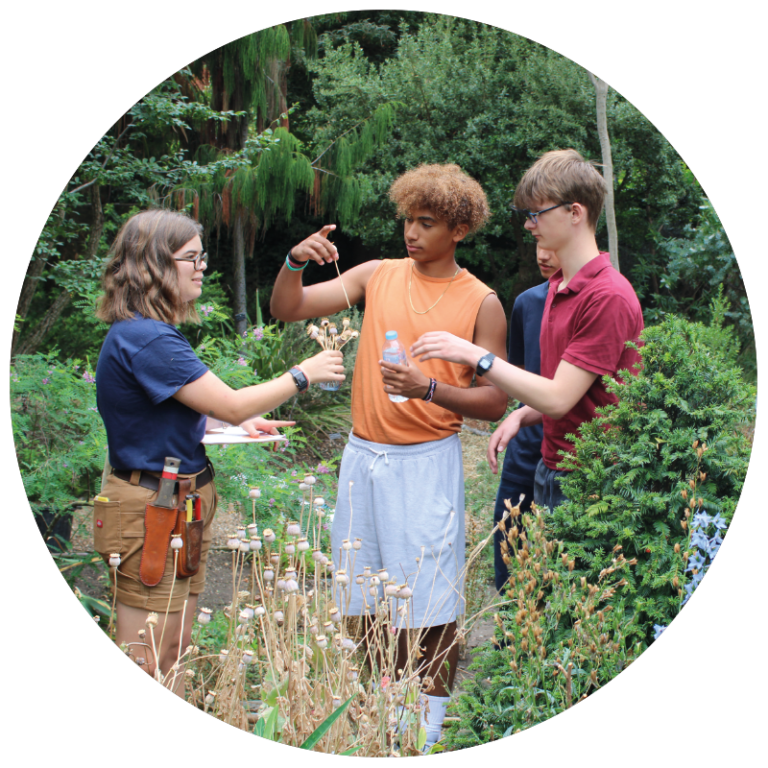
2019
Glasshouse Restoration Project, supported by the National Lottery Heritage Fund begins.
2021
LGBTQ+ History Month and Black History Month are celebrated at the Garden for the first time.
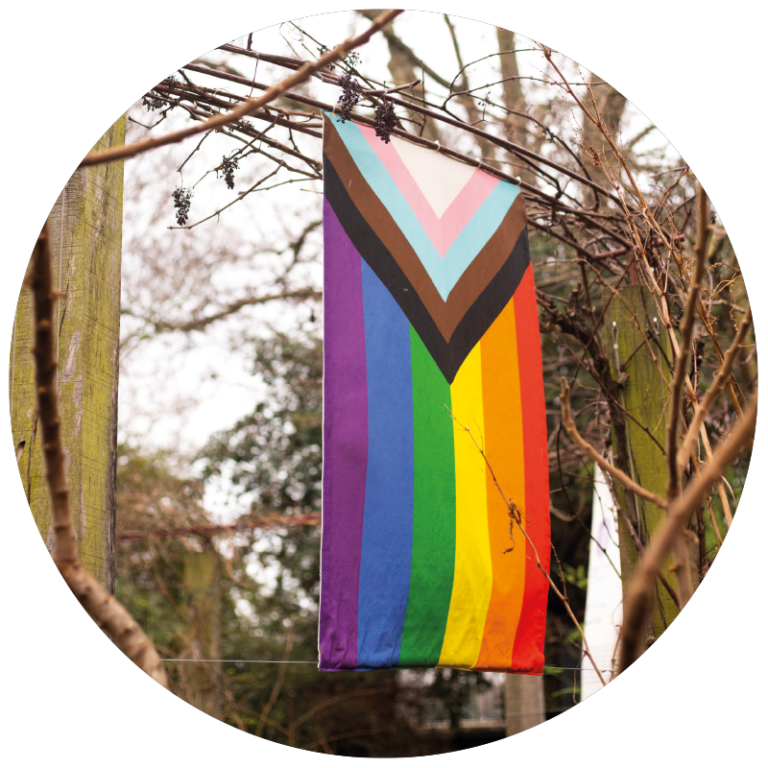
2023
Chelsea Physic Garden celebrates the first 350 years of connecting people with plants.
Timeline image credits: 1685, The Physic Garden, Chelsea: a view towards the river showing the cedars by the wall. Lithograph by H. Warren after J. Fuge © Wellcome Trust; 1694, King Charles II by John Michael Wright, c. 1660–65 © National Portrait Gallery; 1721, © Laura Stoner-New; 1747, ‘The Old Physic Garden of the Society of Apothecaries at Chelsea, 1750’, 1890. Artist: Thomas W Lascelles © Wellcome Trust; 1763, The Pond Rockery © Laura Stoner-New; 1858, The lake in Battersea Park, 1858; 1874, The new Chelsea Embankment, from Battersea Bridge. London 1874. © The Illustrated London News; 1902, The old physic garden, Chelsea, 1890 © The Print Collector/Heritage Images; 1947, Peace Pagoda, Battersea Park © Bailey-Cooper Photography; 1987, Visitors © Laura Stoner-New; 1995, Viola odorata ‘Czar’ by Yvonne Glenister Hammond © Chelsea Physic Garden Florilegium; 2007, Outdoor Study Centre © Laura Stoner-New; 2021, LGBTQ History Month © Fikayo Adebajo – LGBTQ History Month
